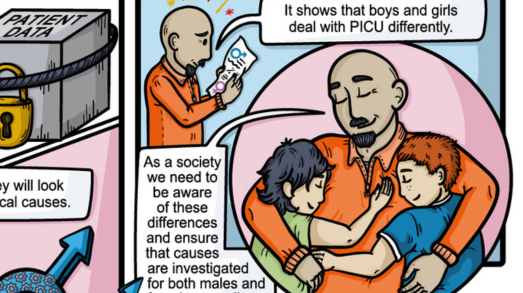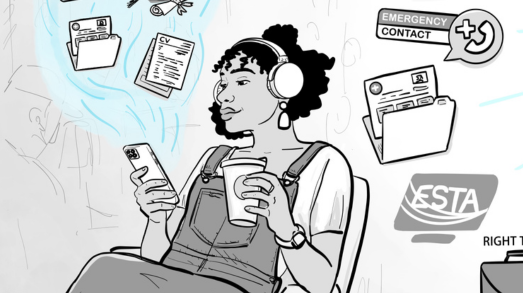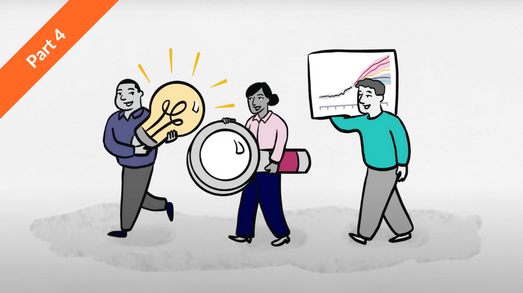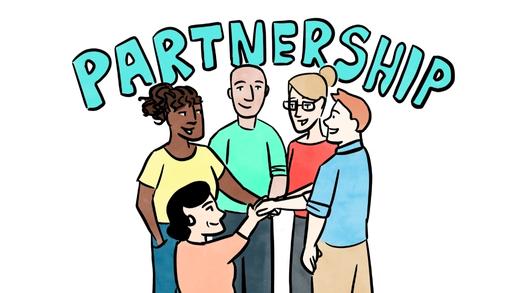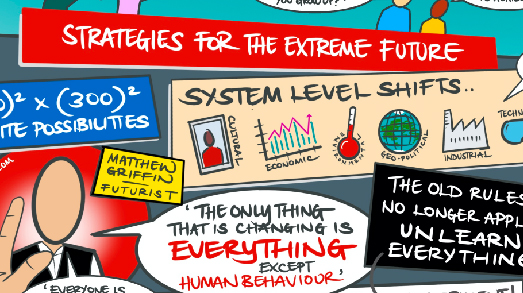Imagine you work for a business that is developing an ambitious new strategy.
You have decided that you can offer your service to a wider range of companies if you develop digital ways to deliver it alongside the existing in-person provision. This is exciting news for your organisation. You have been involved in the development of this new approach, as have selected colleagues from around the company. You know that different perspectives have been taken into account and bold decisions have been made.
You can’t wait to share this exciting news.
In order to focus attention and not water-down the messages, you decide to send out an all-employee email. You give a couple of high-level ‘hooks’ of information. Then you invite everyone to attend a special launch event where the Chief Executive will give more details of how they can contribute to the future and what it will mean for their role.
But when the day of the launch comes, this is what you see:

Or during the pandemic:

So what happened?
With the best of intentions, you have failed to consider the different needs, motivations and experiences of your audience.
- Sam was on holiday and came back to 150 emails – the all staffer was not at the top of his priority list.
- Jay misunderstood the message about digital products and is now worried that they will lose their job when the in-person service is withdrawn.
- Priya has dyslexia and finds reading emails difficult so relies on her manager, Sam, to tell her what’s going on.
- Marcia read the email title and didn’t understand what it meant, so deleted it without opening.
These reasons (and many more) resulted in the message being missed, misunderstood or ignored. So the recipients didn’t turn up to hear more about the exciting future of their organisation.
The CEO probably wasn’t too pleased about turning up to speak to an empty room either…
How can you avoid such a disaster?
Firstly, your strategic communications planning should consider the diversity of your audience and their communication needs. You need to understand them, their motivations, perspectives and experiences.
All sorts of things will impact how they interact with your communications. You need to think about factors such as:
- Their shift patterns
- Geography – where are they based and what is their working environment like
- Lived experience – what has happened to them before
- Their gender
- Their background – areas such as their education, the communities they connect with and so on.
- Their communication preferences – written, visual, aural etc.
To be able to tailor communication to different audience groups, you need to really put yourself in their shoes – think about things from their perspective. Not what you think their perspective should be. If you’re not sure, ask!
Remember that their experience may very well be different to yours.
Access for all
Without audience-centred tailoring, it may not be possible for everyone to have equal access to your communications.
Once you have a good understanding of your audiences, you can think about the best format to use. One size does not fit all, so it is always a good idea to use more than one method of communication. This will help you to reach out to different groups and individuals.
By doing this tailoring strategically, you can also make sure the methods you use remain aligned. This helps you avoid a haphazard approach that runs the risk of confusing, overwhelming or missing everyone.
There are 2 important elements to keeping alignment:
- Consistency of message. Be clear and keep it simple. For the example above, a clear message would be that an exciting strategy is being developed in order for the company to reach a wider range of customers. The call to action would be ‘come along to the launch event to hear more about the detail and how we can all play our part’.
- Visual aspects of the communication. Your audience can quickly and easily see that different communications belong together if they look similar. This can be about the visual layout you use, the illustrations that accompany your words or the colours of your headings, for example.
Using illustrations or pictures to convey (or accompany) your message is also a great way to make your communication accessible to all. In our example above, a visual could have helped both Sam and Priya quickly get the key point of the email and may have helped to allay Jay and Marcia’s fears.
Where to start
One size of communication does not fit all. If you are trying to engage a large, diverse group of people, you will need to consider the options for tailoring your communications. This starts with understanding your audience’s make-up and using that insight to make decisions.
About Sarah:
Sarah is an independent communicator and kindness cheerleader with 18 years’ experience of working with organisations that want to make the world a kinder place. She works with her clients to find ways to solve problems by connecting with audiences and communicating more effectively. Visit www.browningyork.com to find out about her communications work and www.timeforkindness.co.uk to be inspired by stories of kindness.


